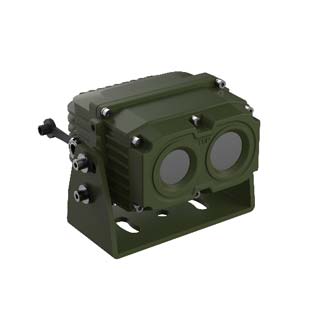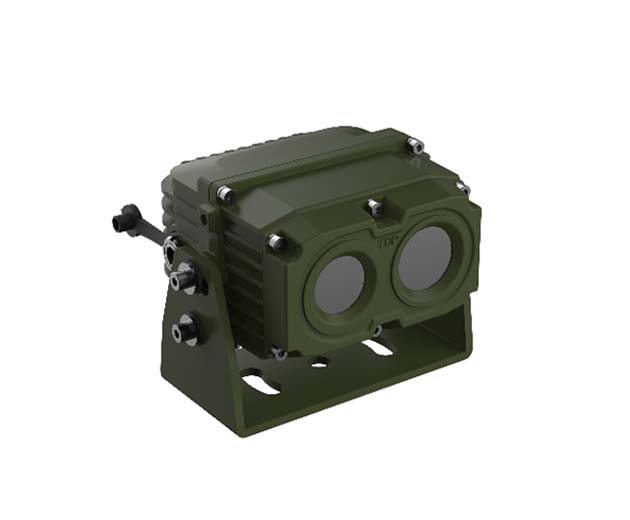Driving safety is of utmost importance for both drivers and pedestrians on the road. Driver vision enhancers are innovative technologies that aim to enhance visibility and improve road safety. In this blog post, we will explore how driver vision enhancers work and the various ways in which they contribute to enhancing road safety.
Enhanced Visibility in Low-Light Conditions
One of the primary ways driver vision enhancers improve road safety is by enhancing visibility in low-light conditions. These devices utilize advanced imaging technologies such as infrared or thermal imaging to detect objects, pedestrians, and vehicles that may be difficult to see with the naked eye. By providing a clear and enhanced view of the surroundings, even in darkness or low-light situations, driver vision enhancer helps drivers identify potential hazards and react accordingly, reducing the risk of accidents.
Reduction of Glare and Reflections
Glare from oncoming headlights, streetlights, or other reflective surfaces can significantly impair a driver's vision and cause discomfort. Driver vision enhancers often incorporate features like anti-glare filters, polarizing lenses, or automatic brightness adjustments to reduce the impact of glare and reflections. By minimizing the distracting effects of glare, these devices improve visibility and allow drivers to focus more effectively on the road, thus reducing the likelihood of accidents caused by impaired vision.
Detection of Pedestrians and Obstacles
Driver vision enhancers utilize advanced sensors and image processing algorithms to detect pedestrians, cyclists, and other obstacles on the road. These devices can highlight and emphasize potential hazards in real-time, even in low-visibility conditions or areas with poor lighting. By alerting drivers to the presence of pedestrians or obstacles that may be obscured from their direct line of sight, driver vision enhancers provide an additional layer of awareness, allowing drivers to take necessary precautions and avoid collisions.
Assistance in Adverse Weather Conditions
Adverse weather conditions such as rain, fog, or snow can significantly impair visibility and increase the risk of accidents. Driver vision enhancers equipped with specialized filters or image enhancement algorithms can help drivers see more clearly in challenging weather conditions. These devices can enhance contrast, reduce foggy or blurry visuals, and highlight objects that may be obscured by precipitation or fog. By improving visibility in adverse weather, driver vision enhancers enhance road safety by allowing drivers to navigate more safely and make informed decisions.
Driver vision enhancers and thermal night vision camera play a vital role in improving road safety by enhancing visibility, reducing glare and reflections, detecting pedestrians and obstacles, and assisting in adverse weather conditions. With their advanced imaging technologies and innovative features, these devices provide drivers with a clearer and more comprehensive view of their surroundings. By helping drivers anticipate and react to potential hazards, driver vision enhancers contribute to reducing accidents, saving lives, and creating safer roads for everyone. As technology continues to evolve, we can expect further advancements in driver vision enhancers, making them even more effective in enhancing road safety in the future.



